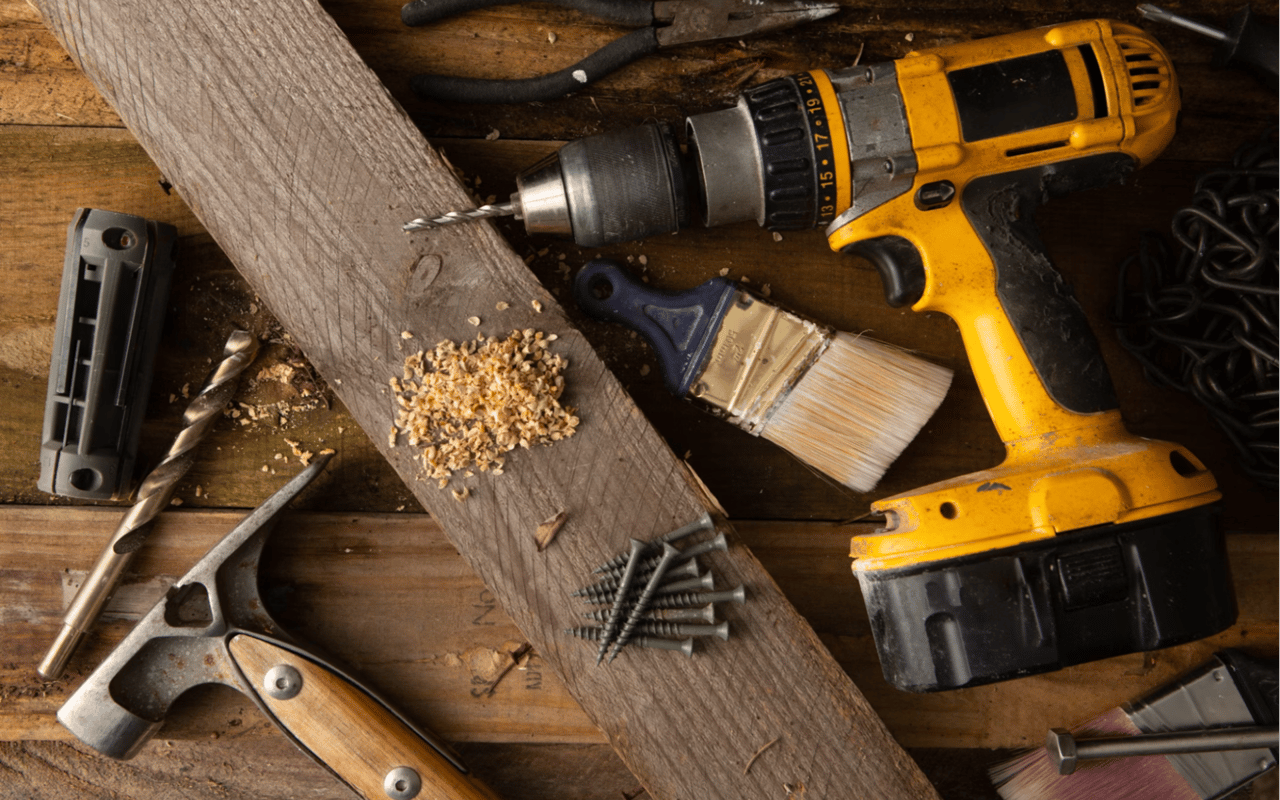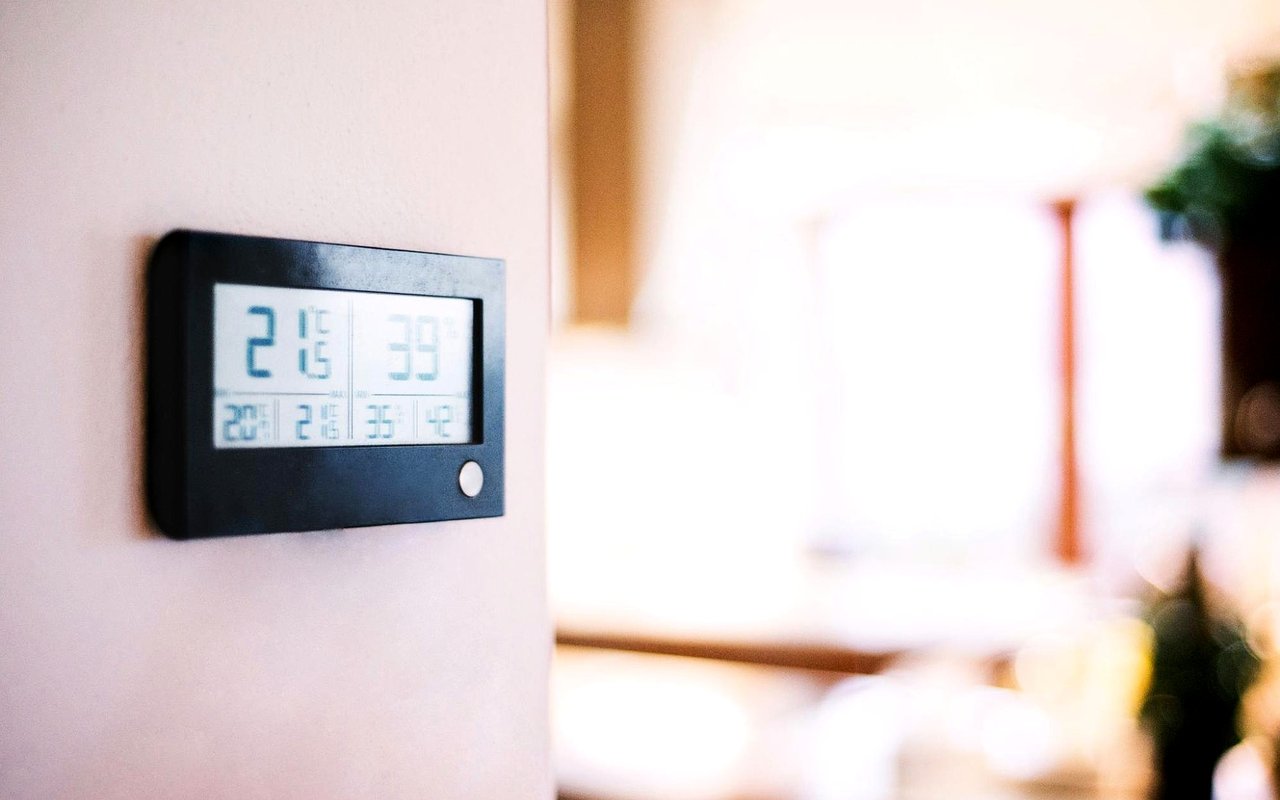A pre-listing inspection is a proactive step that many homeowners take before putting their property on the market. This inspection, conducted by a professional inspector, provides a detailed assessment of a property's condition, identifying issues that could affect the sale or the home’s marketability. For sellers, this process can streamline the transaction, minimize surprises, and enhance the property's appeal to prospective buyers.
Understanding the ins and outs of a pre-listing inspection can notably impact the outcome of your home sale in Pasadena, making it a crucial topic. Read on to learn more.
What Is a Pre-Listing Inspection?
A pre-listing inspection involves a thorough examination of a property before it is officially listed for sale. This inspection is conducted by a licensed home inspector who assesses various components of the residence, including structural elements and safety features. The goal is to uncover any issues that might need attention before the property is shown to potential buyers. By addressing these concerns in advance, sellers can present a well-maintained property and potentially avoid renegotiations during the sale process.
Benefits of a Pre-Listing Inspection
Conducting a pre-listing inspection offers several advantages for sellers, enhancing their position in the Pasadena real estate market. One of the primary benefits is that it allows homeowners to identify and address any issues on their own terms and timelines.
This proactive approach can streamline the negotiation process. By fixing any issues ahead of listing, sellers can avoid unexpected repair requests from buyers, thereby leading to smoother transactions and fewer delays.
Another significant advantage is that a pre-listing inspection can increase buyer confidence. When a property has undergone a thorough inspection and necessary repairs have already been made, it signals to buyers that the home has been well-maintained. This transparency can make the property more attractive and reduce the likelihood of negotiations over repair costs.
Additionally, a pre-listing inspection can provide a competitive edge in a hot real estate market, where buyers may be more inclined to choose a home with fewer concerns.
This proactive approach can streamline the negotiation process. By fixing any issues ahead of listing, sellers can avoid unexpected repair requests from buyers, thereby leading to smoother transactions and fewer delays.
Another significant advantage is that a pre-listing inspection can increase buyer confidence. When a property has undergone a thorough inspection and necessary repairs have already been made, it signals to buyers that the home has been well-maintained. This transparency can make the property more attractive and reduce the likelihood of negotiations over repair costs.
Additionally, a pre-listing inspection can provide a competitive edge in a hot real estate market, where buyers may be more inclined to choose a home with fewer concerns.
How to Prepare for a Pre-Listing Inspection
Preparing for a pre-listing inspection involves several key steps to ensure the process goes smoothly. Start by decluttering and cleaning your home thoroughly. This not only makes the property more presentable but also allows the inspector to access all areas.
It's also beneficial to gather any maintenance records or receipts for recent repairs and upgrades. Having this documentation available can help the inspector understand the home's maintenance history and provide additional context for their findings.
Finally, ensure that all utilities are turned on and accessible during the inspection. This includes electricity, water, and gas, as the inspector will need to test various systems and appliances.
It's also beneficial to gather any maintenance records or receipts for recent repairs and upgrades. Having this documentation available can help the inspector understand the home's maintenance history and provide additional context for their findings.
Finally, ensure that all utilities are turned on and accessible during the inspection. This includes electricity, water, and gas, as the inspector will need to test various systems and appliances.
Common Findings in Pre-Listing Inspections
During a pre-listing inspection, several common issues may be identified. These can range from minor cosmetic concerns to more significant structural or system-related problems.
Roof
The roof is a critical component of any home, and inspectors often check for signs of damage or wear. Common issues include missing or damaged shingles, leaks, and insufficient ventilation. Addressing roof problems before listing the property can prevent potential buyers from being deterred by the need for major repairs.
Plumbing and Electrical Systems
Plumbing and electrical systems are essential for a home's functionality, and problems in these areas can be a red flag for most buyers. Inspectors may find issues like outdated wiring, faulty outlets, or leaking pipes. Ensuring these systems are up to code and in proper working order can help avoid complications during the sale.
HVAC
Heating, ventilation, and air conditioning systems are another critical area of inspection. Inspectors will check for issues like inefficient performance, inadequate maintenance, or the need for replacement parts. Properly functioning HVAC components are essential for maintaining a comfortable living environment and can be a strong selling point for potential buyers.
Foundation and Structural Integrity
The foundation and structural integrity of a home are crucial for its overall stability. Inspectors will look for signs of foundation cracks, settling, or other structural issues. Addressing these concerns before listing the property can prevent buyers from being wary of costly repairs.
Addressing Issues Found in the Inspection
Once the pre-listing inspection is complete, you'll receive a detailed report outlining any issues discovered. Addressing these issues can enhance the property's appeal and value. Begin by prioritizing the most critical repairs, such as those affecting the home’s safety or structural integrity.
In some cases, you may choose to offer a credit to buyers in lieu of making repairs yourself. This approach can be particularly useful for minor issues or when you prefer to leave repairs to the new owner. If you opt for this route, be sure to clearly disclose any necessary repairs to the buyer.
Ultimately, the pre-listing inspection is a valuable tool for homeowners looking to achieve a successful sale. By identifying and addressing potential issues before listing, sellers can enhance their property's appeal, streamline the sale process, and potentially achieve a higher sale price. Contact The Sabatella Delair Group today to get started selling your Pasadena home.
In some cases, you may choose to offer a credit to buyers in lieu of making repairs yourself. This approach can be particularly useful for minor issues or when you prefer to leave repairs to the new owner. If you opt for this route, be sure to clearly disclose any necessary repairs to the buyer.
Ultimately, the pre-listing inspection is a valuable tool for homeowners looking to achieve a successful sale. By identifying and addressing potential issues before listing, sellers can enhance their property's appeal, streamline the sale process, and potentially achieve a higher sale price. Contact The Sabatella Delair Group today to get started selling your Pasadena home.




